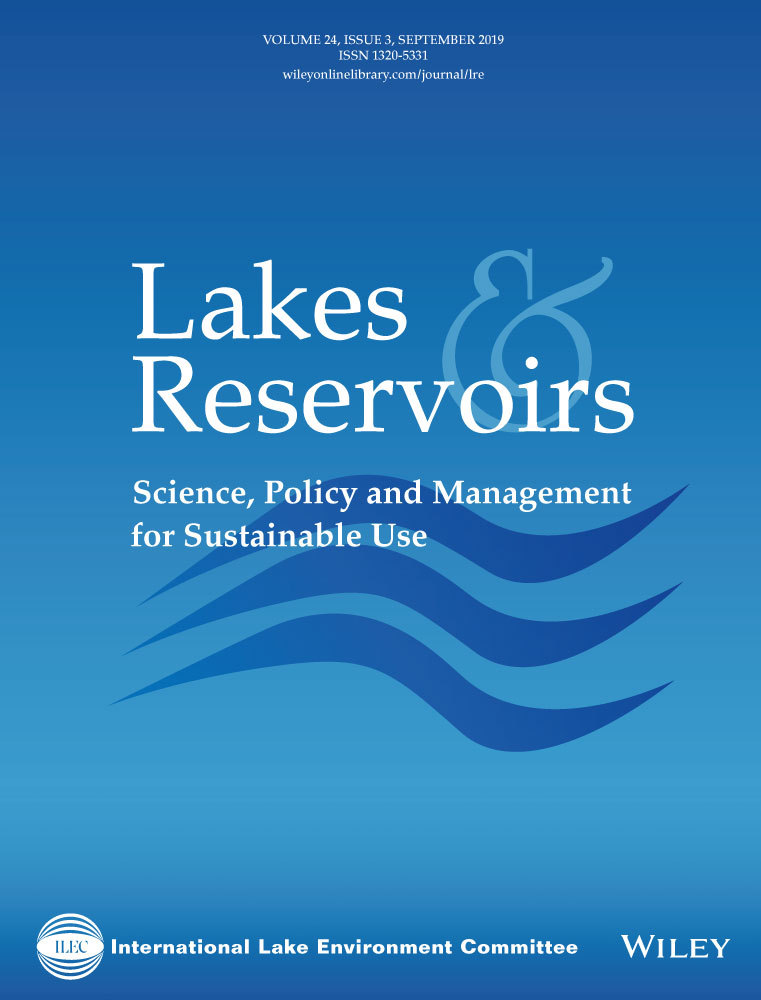Changes in some biological parameters of the silver cyprinid, Rastrineobola argentea (Pellegrin, 1904) in the Nyanza Gulf of Lake Victoria, Kenya
Abstract
The study examined length–weight relationship, condition factor, size at 50% maturity and fecundity of Rastrineobola argentea in the Nyanza Gulf of Lake Victoria, Kenya. The 500 fish examined had a mean length of 39.4 ± 0.3 mm SL, ranging from 17 to 55 mm SL and weighed between 0.08 and 2.44 g. The length–frequency analysis indicated a unimodal distribution between 35 and 40 mm SL, with a modal length at 37 mm SL. The fish exhibited a positive allometric growth pattern (b = 3.4). The condition factor for all fish was 1.02. Male fish showed a decreasing trend in condition factor with increasing body length, while females exhibited an increasing trend. The length at 50% maturity was estimated at 43 and 44 mm SL for males and females, respectively. The smallest mature male was 41 mm SL and 42 mm SL for females, with 100% maturity already exhibited at 49 mm SL. Fecundity varied from 235 eggs for 33 mm SL to 2,309 eggs for 54 mm SL fish. positive linear relationships were found between fecundity against standard length and ovary weight. Comparisons with previous studies in this lake over time indicated a decrease in length at maturity and an increase in fecundity, which are strategies to maximize reproductive success. The findings of this study provide useful information for managing the fishery.




